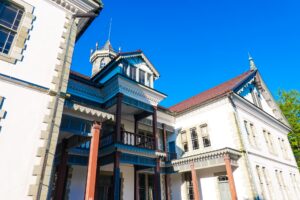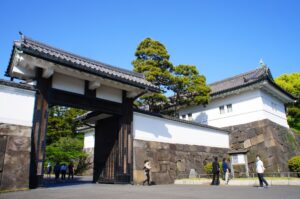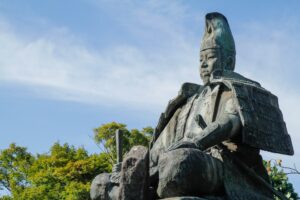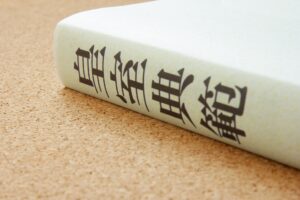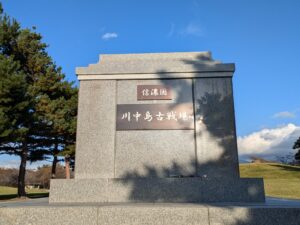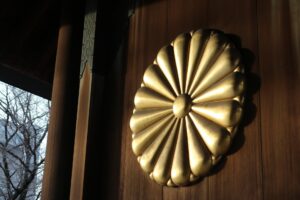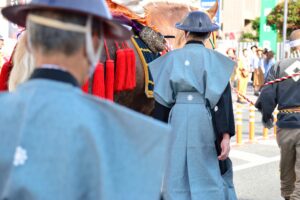The Honno-ji Incident was one of the most dramatic betrayals in Japanese history. In 1582, warlord Oda Nobunaga—on the verge of unifying Japan—was ambushed by his own general, Akechi Mitsuhide. This article breaks down the historical context, key players, lasting consequences, and ongoing mysteries surrounding the event that changed Japan’s future.
What Was the Honno-ji Incident?
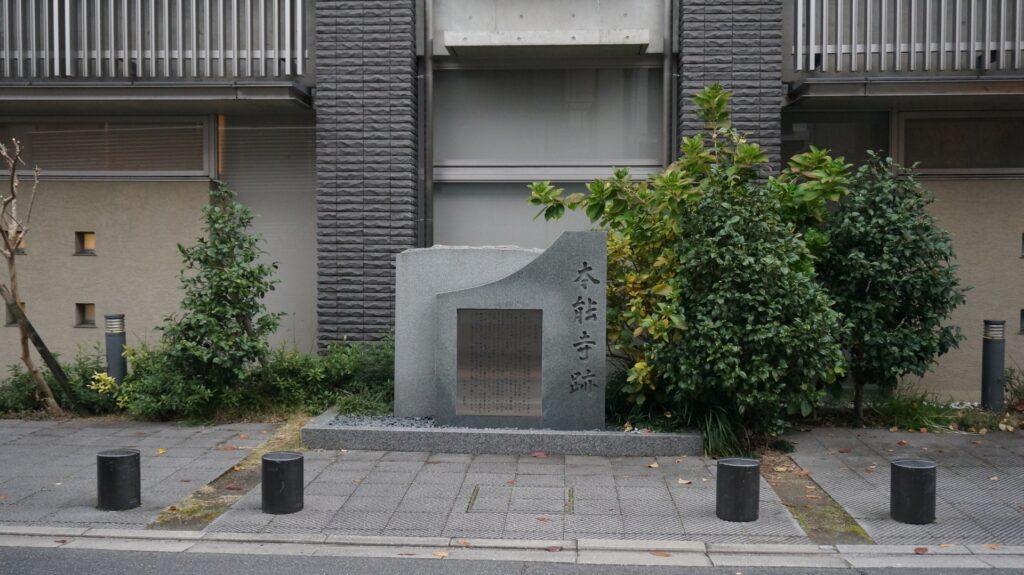
The Honno-ji Incident took place on June 21, 1582, at the Honno-ji Temple in Kyoto. This pivotal moment in Japanese history saw the assassination of Oda Nobunaga, one of Japan’s most powerful and visionary warlords of the Sengoku period. Nobunaga had been staying at Honno-ji with a minimal retinue, believing himself safe in Kyoto, far from the battlefield. However, his trusted general, Akechi Mitsuhide, launched a surprise attack that would change the course of Japan’s unification.
Nobunaga, caught off guard and with little means of defense, chose to commit seppuku (ritual suicide) rather than surrender. His death shocked the nation and abruptly halted his campaign to unify Japan. The Honno-ji Incident is widely regarded as one of the most dramatic betrayals in samurai history and represents a major turning point in the late Sengoku era. At the time, Nobunaga had already defeated many rival daimyo and was preparing for the final stages of conquest. His sudden death created a power vacuum that would ultimately be filled by Toyotomi Hideyoshi.
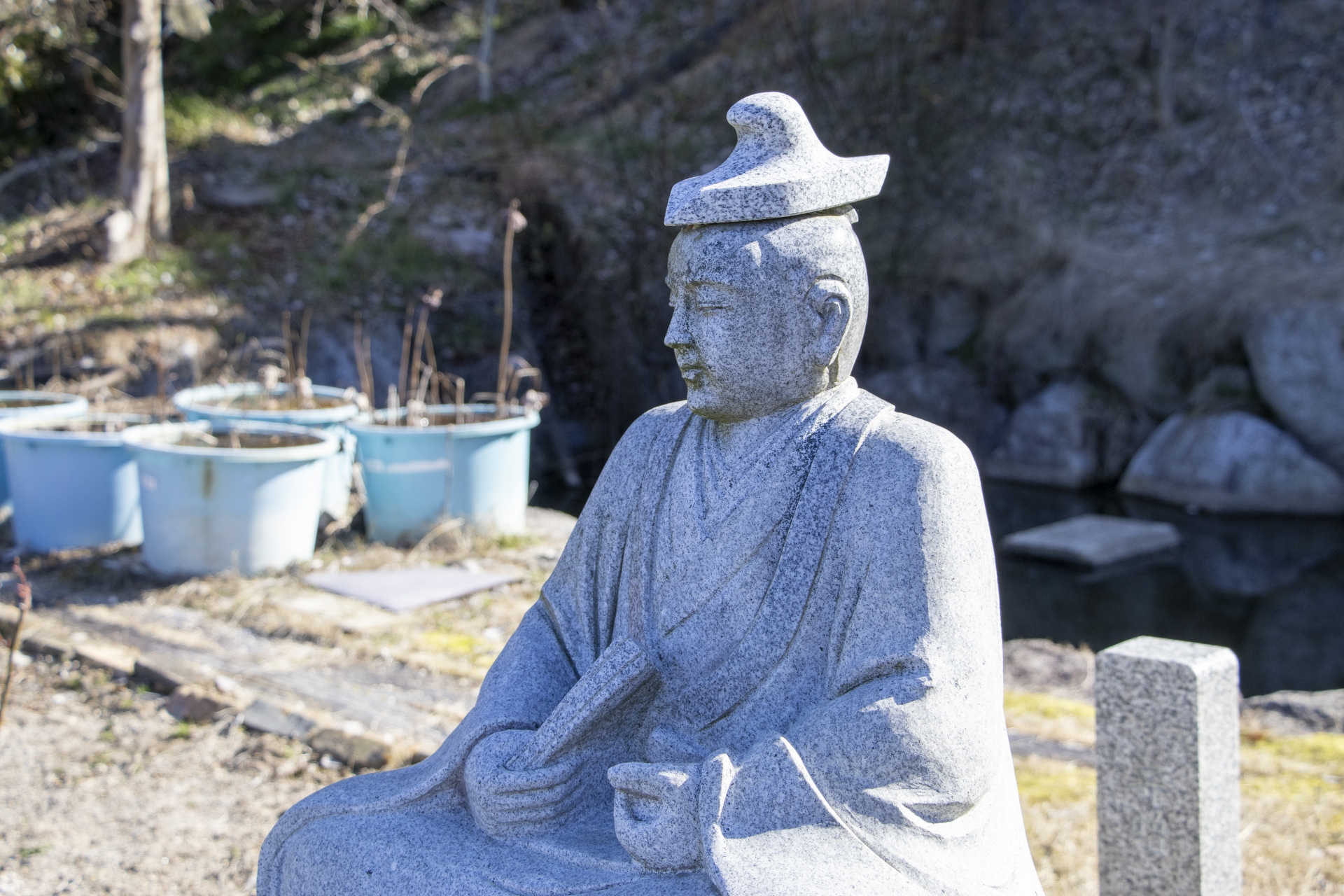
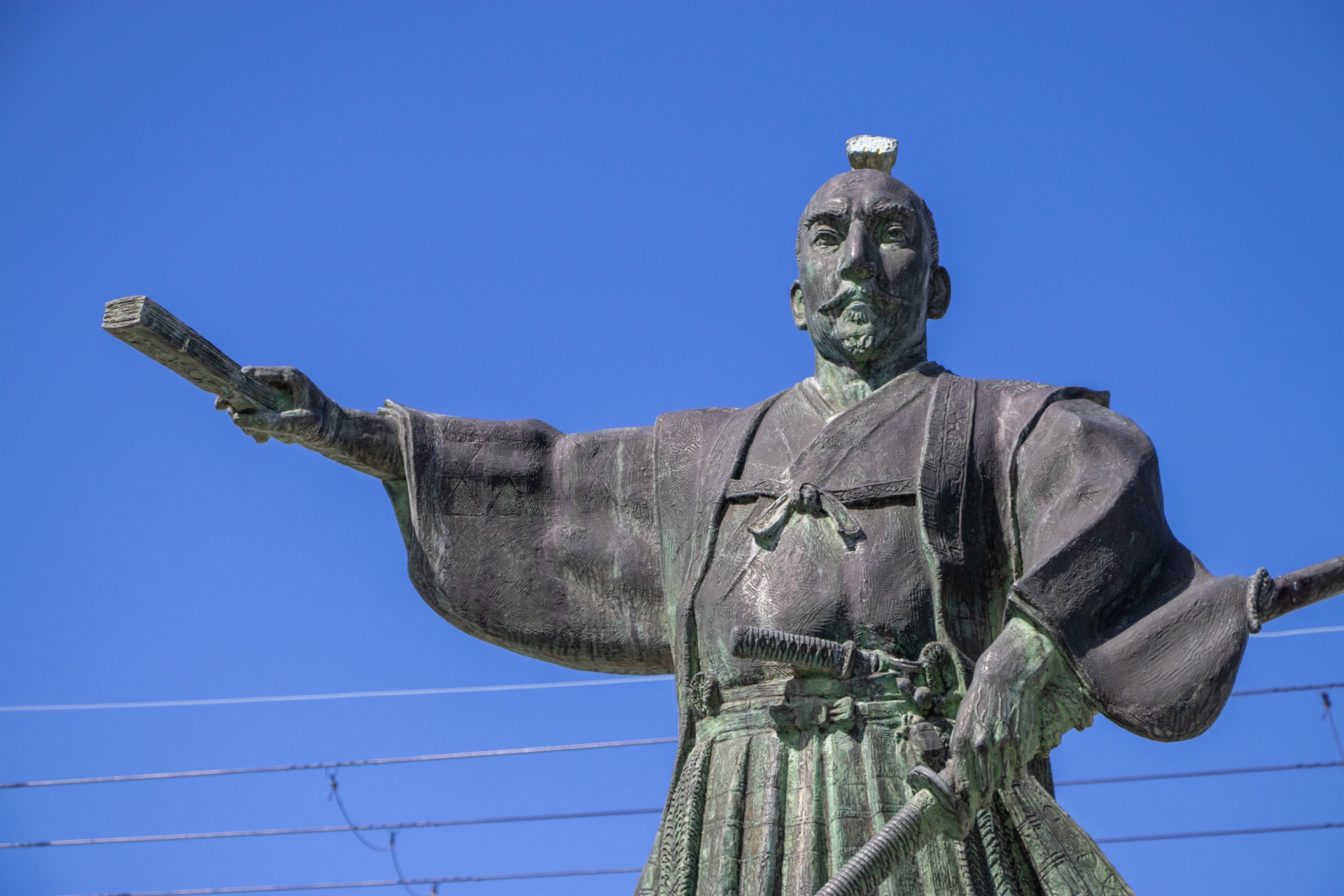
Why Did Akechi Mitsuhide Betray Oda Nobunaga?
Historians have long debated Akechi Mitsuhide’s motives for betraying his lord. Several theories exist, ranging from political strategy to personal resentment. One prevalent theory is that Mitsuhide, a learned and cultured man, grew increasingly disillusioned with Nobunaga’s harsh and authoritarian rule. Nobunaga was known for his brutal tactics, and there is evidence that he publicly humiliated Mitsuhide on several occasions—possibly even executing or displacing Mitsuhide’s allies and family.
Another possibility is that Mitsuhide saw a fleeting strategic opportunity. Nobunaga had sent his main forces elsewhere, and Kyoto was left lightly defended. Seizing the moment, Mitsuhide may have believed he could claim power before Toyotomi Hideyoshi or Tokugawa Ieyasu returned.
Modern scholars also consider conspiracy theories that implicate third parties. Some speculate that Hideyoshi orchestrated events to eliminate Nobunaga and ascend himself. Others point to the Imperial Court or the Christian Church, both of which had complex and often fraught relationships with Nobunaga.
While hard evidence for any single theory remains elusive, Mitsuhide’s actions shocked contemporaries and earned him the label of a traitor in traditional accounts. Still, some revisionist perspectives consider him an idealist attempting to stop what he perceived as tyranny.
The Timeline of Events at Honno-ji
June 21, 1582 – The Day of the Incident
- Early Morning (before dawn): Akechi Mitsuhide and his forces depart from Sakamoto Castle under the pretense of joining Nobunaga’s campaign against the Mori clan.
- Approximately 6:00 AM: Mitsuhide’s troops approach Kyoto and head directly to Honno-ji Temple. Their march raises suspicion due to the full battle gear they wear.
- 6:30 AM: Mitsuhide’s forces begin their attack on Honno-ji. Caught off guard, Nobunaga’s attendants attempt a defense but are quickly overwhelmed.
- Shortly after: Nobunaga retreats into the main hall of the temple. Surrounded and with no reinforcements in sight, he performs seppuku.
- 7:00–8:00 AM: Honno-ji burns down, either as a result of the fighting or by intentional fire. Nobunaga’s body is never found, adding to the mystery.
- Later that morning: Mitsuhide declares himself ruler in Kyoto and moves quickly to consolidate power.
- Same day: News spreads throughout Kyoto and Japan, shocking allies and rivals alike. Hideyoshi, upon hearing the news, makes a forced march to confront Mitsuhide.
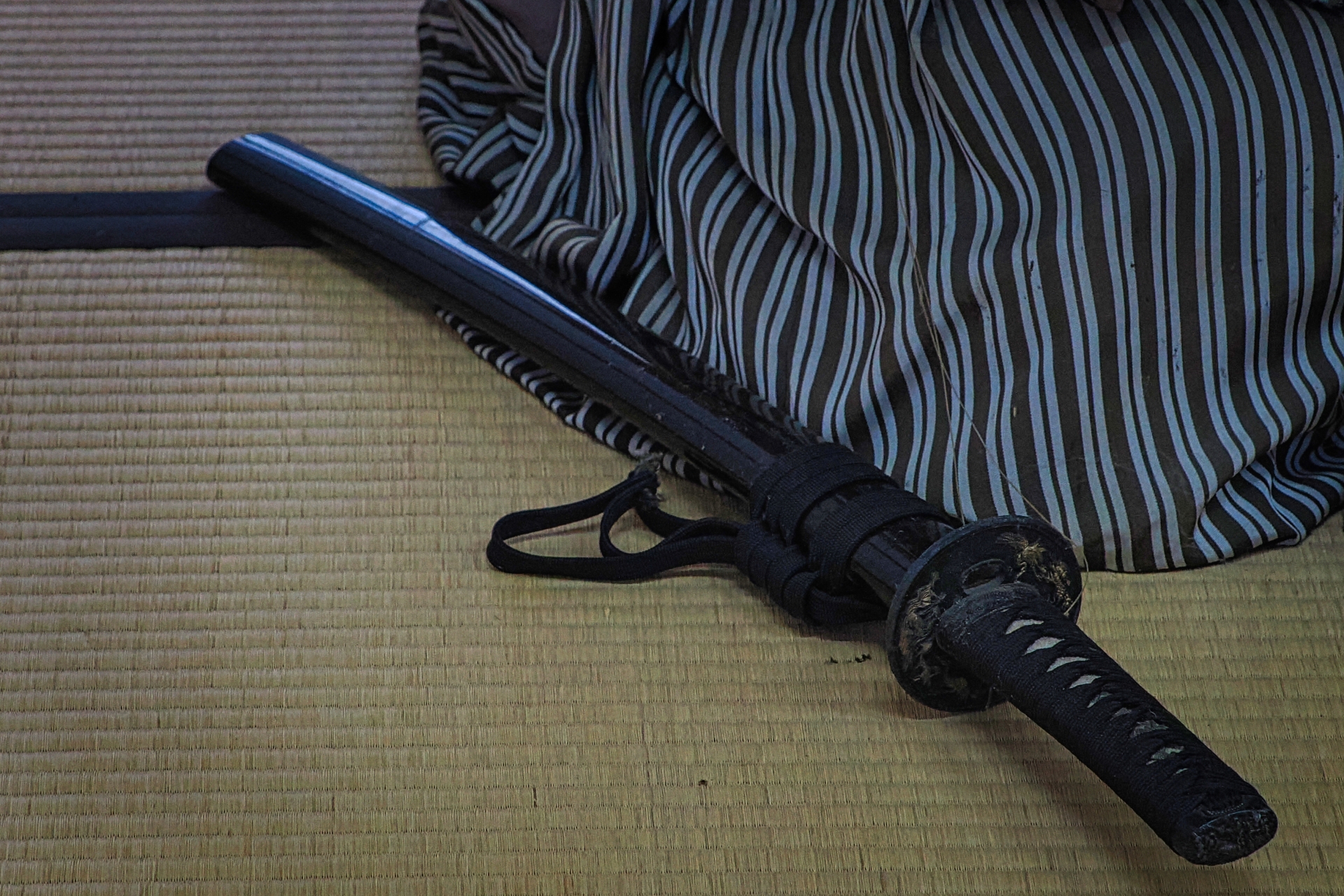
What Happened After the Incident?
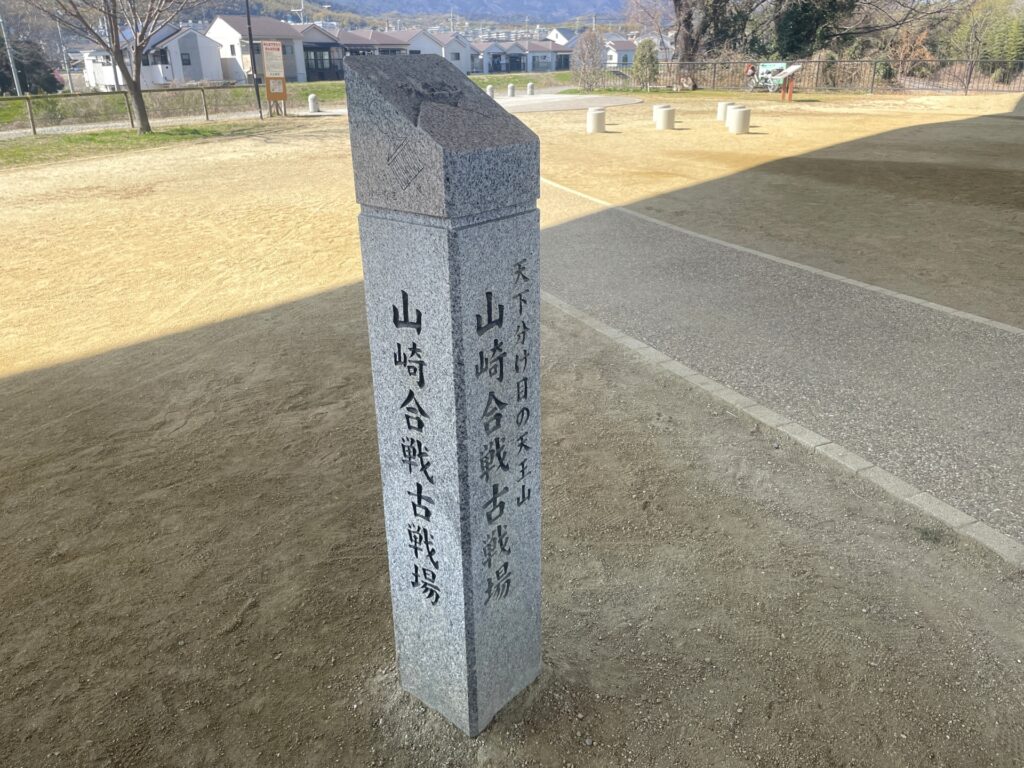
Following the incident, Akechi Mitsuhide assumed control of Kyoto and declared authority. However, his rule was extremely short-lived—lasting only 13 days. Known as the “13-day shogunate,” Mitsuhide’s regime collapsed almost immediately under the pressure of retaliation.
Toyotomi Hideyoshi, one of Nobunaga’s most capable generals, acted swiftly. He negotiated a temporary peace with the Mori clan and redirected his troops toward Kyoto. In a legendary forced march covering more than 200 kilometers in less than two weeks, Hideyoshi confronted Mitsuhide at the Battle of Yamazaki on July 2, 1582.
Hideyoshi’s forces decisively defeated Mitsuhide, who fled the battlefield. Later that day, Mitsuhide was killed—either by local bandits or enemy soldiers. His brief reign ended, and Nobunaga’s death was avenged. This victory catapulted Hideyoshi into the power vacuum left by Nobunaga and enabled him to continue the mission of national unification, eventually becoming Kampaku (Imperial Regent).
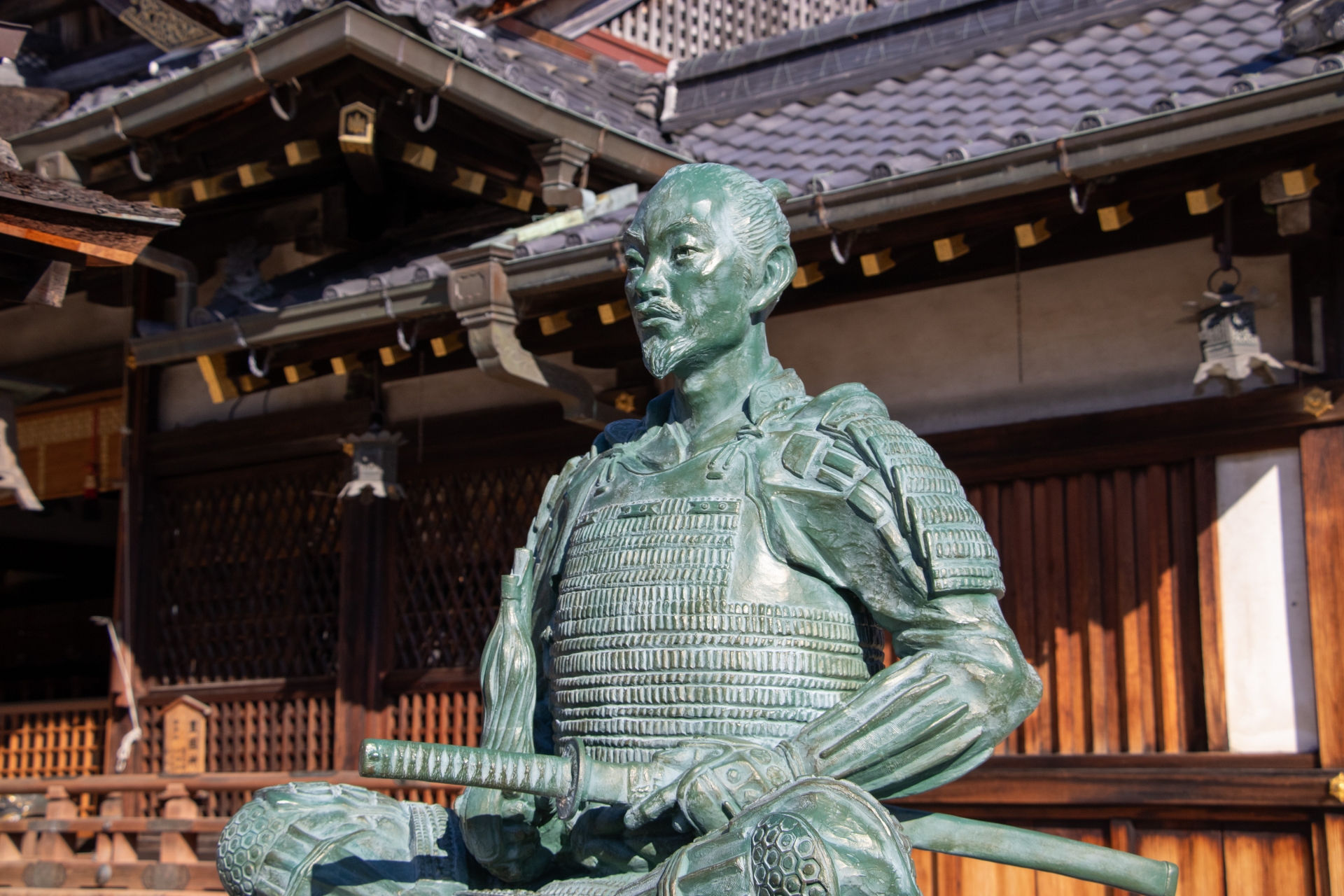
What Happened to Nobunaga’s Body?
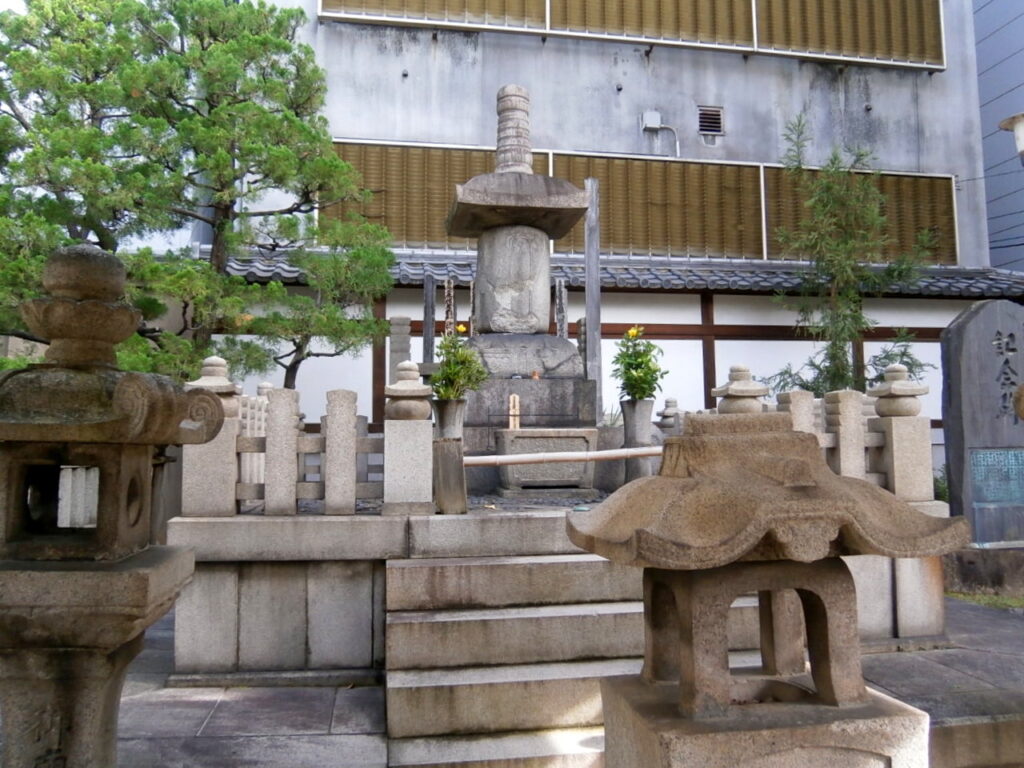
One of the enduring mysteries of the Honno-ji Incident is the fate of Oda Nobunaga’s body. According to records, the temple burned down during the attack, and Nobunaga’s remains were never officially recovered. This has led to a wide array of theories and speculation.
Some historians believe that his body was completely incinerated in the fire, leaving no trace. Others suggest that loyal retainers may have secretly retrieved and buried his remains to prevent Mitsuhide from defiling them. Still, another theory holds that Nobunaga may have escaped initially and died elsewhere—though this is widely considered fictional.
The absence of physical remains has contributed to Nobunaga’s mythic status in Japanese history. He is often portrayed as a larger-than-life figure whose end remains shrouded in mystery, echoing the epic nature of his life and ambitions.
Visiting the Site of Honno-ji Today
Today’s Honno-ji Temple is a reconstruction located near Kyoto Shiyakusho-mae Station, not far from the original site. The original temple was destroyed during the attack and again in the Great Kyoto Fire of 1788. It was rebuilt in a new location nearby, continuing to serve as a memorial to Oda Nobunaga.
Visitors to the modern temple can view a statue of Nobunaga, a memorial altar, and various historical artifacts related to the Sengoku period. The temple’s somber but serene atmosphere offers a reflective space for those interested in Japan’s dramatic history.
From Kyoto Station, the temple is easily accessible via subway (Tozai Line). The best times to visit are spring and autumn, when the weather and foliage enhance the temple’s aesthetic beauty. Whether you’re a history buff, a student of samurai culture, or simply a curious traveler, Honno-ji offers a poignant connection to one of Japan’s most fateful events.
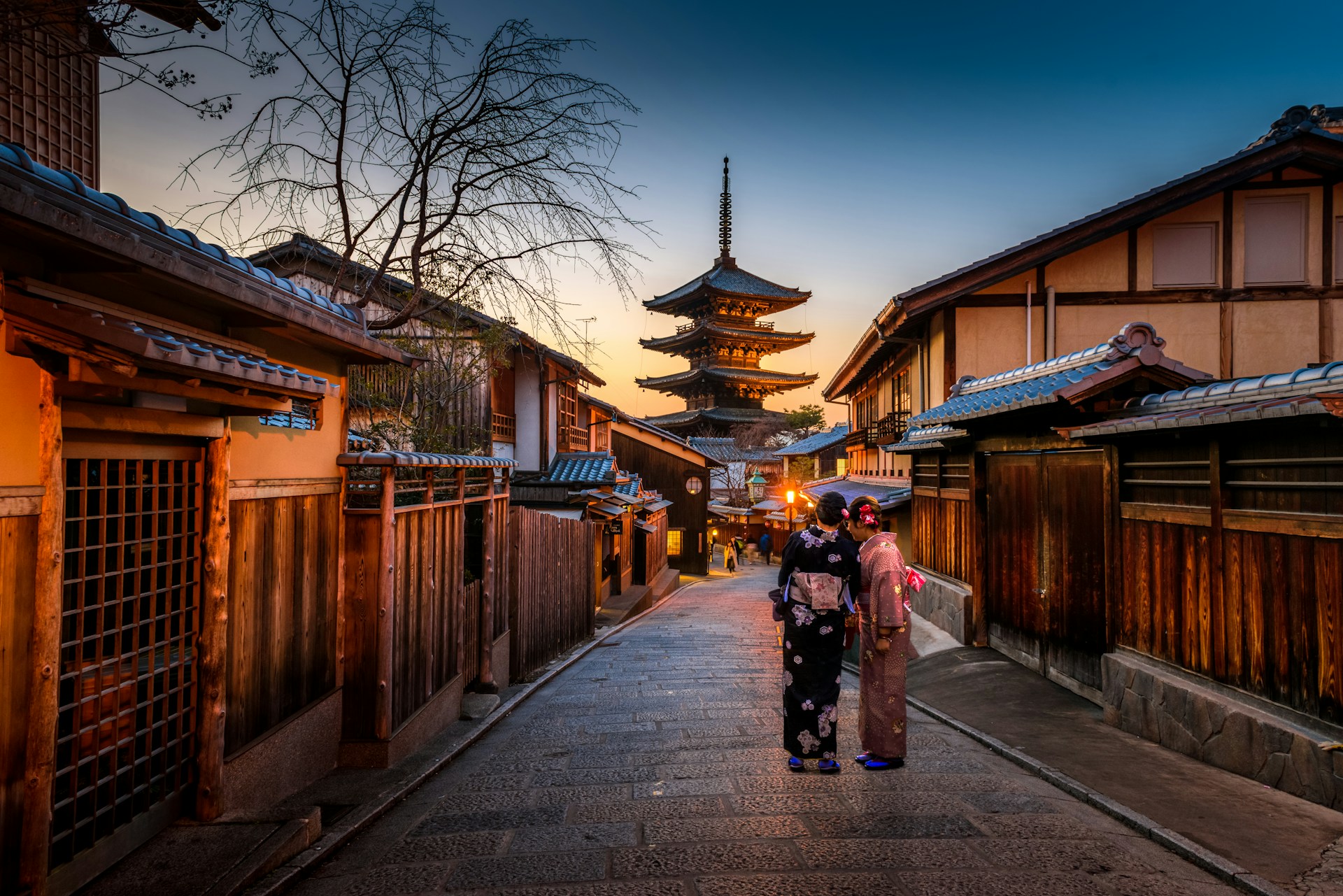
The Honno-ji Incident in Pop Culture and Fiction
The dramatic nature of the Honno-ji Incident has made it a favorite subject in Japanese pop culture. For example, in Sengoku Basara, Akechi Mitsuhide is portrayed as a mad villain, while Oda Nobunaga appears as a demonic warlord. Such portrayals not only entertain but also stimulate interest in historical study. They contribute to the enduring fascination with the event and introduce the complexities of the Sengoku period to younger, global audiences.
Final Thoughts and Historical Legacy
The Honno-ji Incident remains one of the most significant turning points in Japanese history. It abruptly ended Oda Nobunaga’s campaign to unify Japan and paved the way for Toyotomi Hideyoshi’s rise to power. The event exemplifies the volatile nature of loyalty and ambition during the Sengoku era.
More than four centuries later, the incident continues to captivate scholars, writers, and travelers. Its unresolved mysteries—especially the missing body and Mitsuhide’s motives—keep the story alive in both academic and popular discourse.
Ultimately, the Honno-ji Incident is not just a tale of betrayal but a powerful narrative about legacy, fate, and the enduring human struggle for power and meaning. To truly appreciate Japanese history, one must understand this pivotal moment—and perhaps, stand before Honno-ji’s gates in Kyoto, where history was forever altered.




